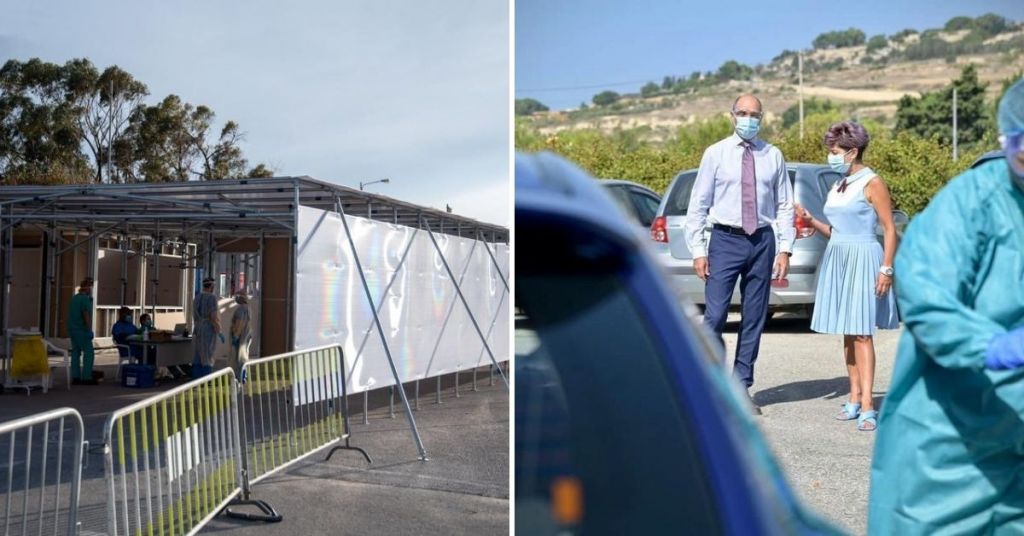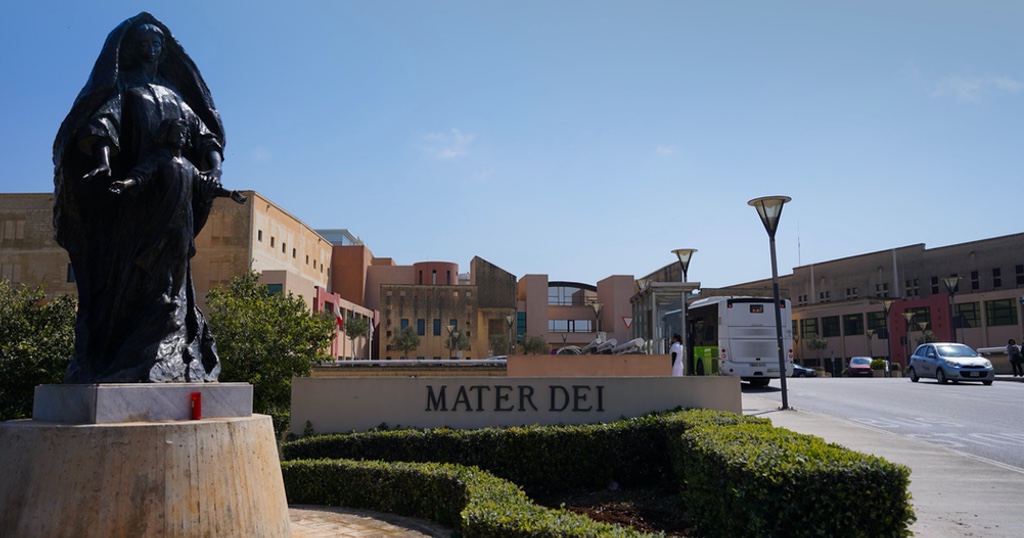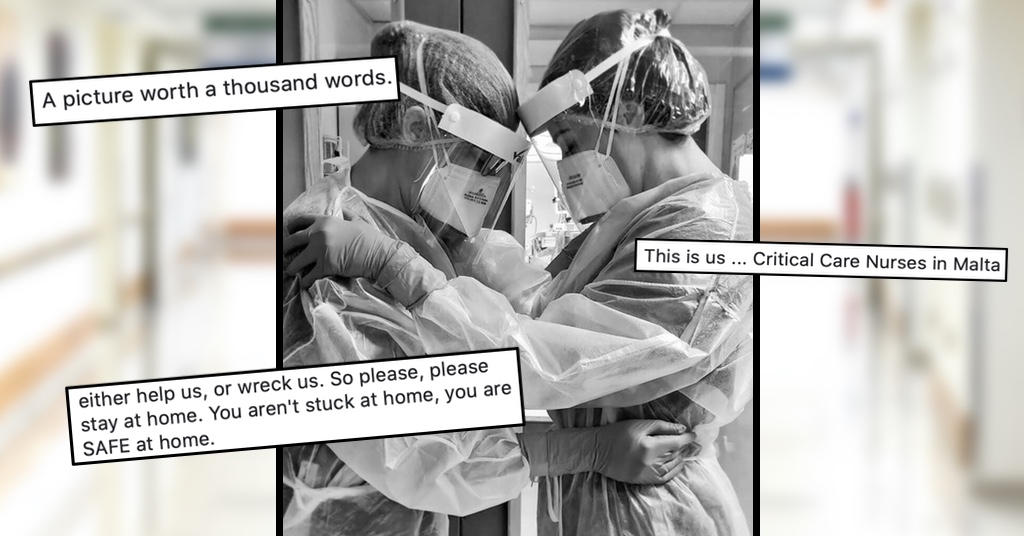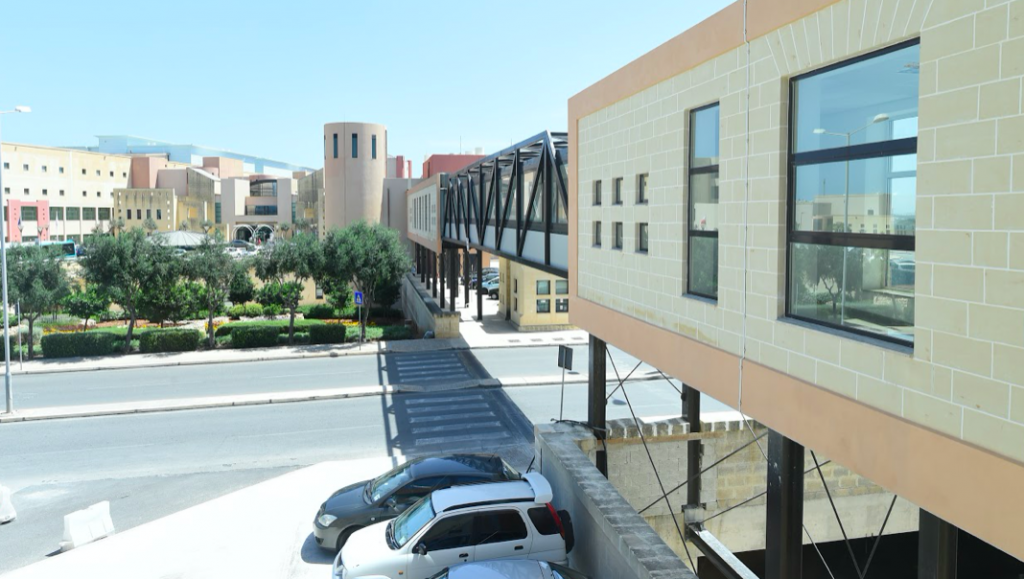200 Days Of COVID-19 In Malta: The Good, The Bad And The Undeniably Ugly

For many people out there, it feels like just yesterday that Malta was sucked into a vortex of daily health updates, debates on infections, and endless conspiracy theories. For others, it feels like it’s been a decade and a half. In reality, it’s been 200 days since the islands registered their first case.
So what has happened since? Well, quite a lot actually. So much so, that it feels like the whole world has squeezed in more than a year’s worth of breaking news, global debates and developments in the last 200 days. And while some of that has challenged how far human empathy and ingenuinty can go… other stuff has left much to be desired.
Understanding that it might be tough to analyse over six months worth of everything from spectacular accomplishments to worrying gaffes, here’s an attempt at just that: at look back at Malta’s first 200 days of COVID-19, based on the good, the bad and the ugly.
The Good
1. Malta’s instant importance given to testing
On Saturday 7th March 2020, as the world hit over 100,000 Coronavirus cases, Malta reported its very first COVID-19 patient, a 12-year-old Italian girl. A few hours later, both her parents became the second and third cases of COVID-19 in Malta.
Soon enough, swab testing kicked off and health authorities never looked back. Health Minister Chris Fearne and Public Health Superintendent Charmaine Gauci have stressed the importance of widespread testing from Day One, and this has been quite clear from the get-go; by the end of the first month, the islands had conducted over 11,000 tests, with daily testing increasing and quickly going from 300 swabs per day to nearly 1,000.
Throughout this whole experience, health authorities have never let go of how important this is, with daily swab tests now always hitting an average of over 2,000. But that’s not even our maximum, with some days in recent weeks hitting over 3,000 swab tests.
At the time of writing, Malta is tantalisingly close to hitting a total of a quarter of a million tests, with the island being hailed as the third best worldwide for its COVID-19 testing rate just last month.

2. Health authorities’ swift and tangible actions during the first wave
Less than a week after Malta registered its first case of COVID-19, a whopping 680 beds were instantly made available for patients both inside Mater Dei and at other facilities. Meanwhile, the Intensive Therapy Unit’s capacity was pushed up to 49 beds, with a possibility for them to double up to 100 should the need arise.
Nine days later, the Ministry for Health issued a call for tenders for a prefabricated hospital that could be completed in at least eight weeks. The hospital needed to treat 90 patients and staff and include a pharmacy, six intensive care units, an emergency unit, a mortuary and a minimum of 70 ventilators amongst other requirements.
Malta also famously went into a semi-lockdown rather quickly, attempting to nip new cases in the bud even before announcing plans for the prefabricated hospital. In fact, all non-essential retail stores and services were closed within days of Malta’s first case. By 22nd March, after 17 new cases had brought Malta’s total number of active cases up to 90, all public gatherings were banned and all inbound flights to Malta had been suspended.
A month and a half later, as active cases started declining, Public Health Superintendent Charmaine Gauci said Malta still had an obligation to build the hospital to prepare for a second wave of COVID-19. Days later, however, Prime Minister Robert Abela announced that the plans would be cancelled. “From 500 cases, we are down to 90 cases – where else in the world will you find this?” Abela had said in an interview with ONE. “And all those beds we had prepared? All empty. Absolutely empty.”

3. Charmaine Gauci and Chris Fearne giving the nation frequent daily updates
In between Gauci’s daily press conferences detailing the island’s new cases and Fearne’s frequent statements explaining both Malta’s current standing within the larger context and the ever-updating regulations to curb the spread of the virus, there was a time not long ago when our Facebook feeds were filled with less speculation and more official information.
While some might argue that this has lead to some media-planned, Illuminati-style nationwide control through panic, the results are concrete and can easily be traced back.
The absolute worst that Malta’s first wave of COVID-19 got was 352 active cases on 25th April. In the last month, the islands have hit nearly double that number, with 699 active cases being registered on 20th August. Statistics on daily infections, the R0 factor, and Malta’s deaths follow in the exact same pattern.
Malta’s swift and decisive initial actions didn’t go unnoticed, either, with the World Health Organisation hailing the tiny island as a “model country” in dealing with COVID-19 on numerous occasions.
It’s not everyday that you find yourself missing “the good old days” when the country seemed better equipped at dealing with a virus most of the world knew way less about.

4. Governmental efforts to make sure the country gets back on its feet as quickly as possible
In an unprecedented but highly necessary move, 11 days into the island’s first case, Malta’s government announced it would be allocating €1.81 billion to combat an incoming COVID-19 economic recession.
Mobilising 12.9% of Malta’s 2019 GDP, the measures included everything from tax deferrals to loan guarantees, with working parents who are unable to telework being allocated an €800 benefit per month and two extra weeks of leave being made available.
Other measures were specifically targeted at potetntial job losses, with anywhere between 20,000 to 44,000 workers eventually receiving some sort of benefit.
Being a tiny island so essentially dependent on tourism, Malta was also one of the first countries to open its airports and ports to other countries with the arrival of summer and the decline of cases, trying to bring in as much money to the country as possible to bolster everyone’s finances.
The government also famously issued €100 stimulus vouchers to Maltese residents back in July, with the hopes of injecting some €44 million back into the economy.
Of course, all of this has led to many arguing the country was too quick to fling its doors wide open, and that it was this hastiness which directly contributed to the next point…

The Bad
1. The end of summer and the much bigger second wave (which is still ongoing)
On 7th April, Malta registered 52 new COVID-19 cases, making it the largest one-day spike by then. Two days later, Malta registered another 38 new cases. The nation was prepared, but seeing numbers that big was undeniably very worrying. And while cases kept going up for a while, they soon started declining again, reaching a mere three active cases on 17th July.
Days later, however, cases started rising again. First slowly, then at a never-before-seen rate.
On 16th September, Malta registered a new largest one-day spike of cases, an insane 106. And it wasn’t even a particularly off day either, with upwards of 30, 40 and even 50 cases being registered on a daily basis for the last 50 days. That’s a fourth of the whole time COVID-19 has been in Malta.
And it doesn’t seem to be anywhere near over, either, with the last week seeing anywhere between 32 to 65 new cases of being registered. At the time of writing, there are 680 active cases.

2. The quick turn from clapping for medical professionals to demonising them… just because they weren’t too keen on opening Malta’s floodgates
On the night of 17th March, just after 9pm, families ventured out into their cold, damp balconies and terraces, as minutes of applause rang across the whole island. “Grazzi u prosit!” could be heard from atop rooftops everywhere, as Malta and Gozo came together to thank the brave frontliners who were willing to face this unknown, deadly virus head-on.
Two months later, with Malta’s International Airport set to reopen amidst declining cases, Malta Union of Midwives and Nurses (MUMN) President Paul Pace said “once you open the airport, you don’t live with it, you die with it”.
The reaction? The Malta Hoteliers and Restaurant Associations (MHRA) President Tony Zahra – and many, many more people – derided the country’s health professionals as being in on some conspiratorial “Project Fear”.
Sure enough, Malta’s cases and hospitalisations started to rise by the second half of summer, and, feeling like they had a limited set of options left to enforce change, the country’s nurses went on strike.
The reaction then? Even worse than the first time around, with Malta’s medical professionals now being seen by many as selfish brats who are hellbent on hurting the island for their own personal gains.
But whether or not thousands go out to their balconies to clap, our frontliners will remain just that; people dealing with the pandemic first-hand and exposing themselves to COVID-19 on a daily basis to tend to our sick family members.

The Ugly
1. Having something like a global pandemic still turn into petty political standoffs
While Malta – and the rest of the world – struggled to understand COVID-19 and curb its spread, some were still stuck in a political playground game of “Yeah, well, I’m still the stronger brother”.
As the island’s first peak of infections came and went, two very distinct camps were created, and while conspiracy theories led much of the debate overseas, back in Malta, it was – surprisingly – mostly all about politics.
Soon enough, staunch supporters of the government became singularly focused on the silver linings (even if it meant celebrating 22 recoveries on the same day the island registered 106 new infections). Meanwhile, anyone pointing out that more infections isn’t a good thing or that maybe we shouldn’t send the country’s childrens to school just yet was instantly labelled “negative”, “unpatriotic”, and, of course, probably anti-government.
For the most part, our political leaders didn’t do much to heal this divide, either, with our Prime Minister happily sticking to his “waves are in the sea” claim to dismiss worries of a second wave back in May… and doubling down in the middle of summer by telling NET journalists outside Castille “we don’t even have one wave today”.
Cheeky comments become memes. Memes become the status quo. And the status quo gets shifted accordingly, all in one elaborate and highly dangerous game of political spin.
And it’s not just Abela either; politicians from both sides of the aisle know all too well that they have thousands of people at their disposal, most of whom can be controlled to in turn veer the national narrative their way. And despite there being a pandemic that’s bringing even the biggest superpowers to their knees, many are still keen on playing the political game instead of coming together to get through this.

2. Going from nine deaths in nearly six months to 18 in four weeks… and how each daily death is looked at now
On 8th April, Malta was left stunned as the island registered its first COVID-19-related death, a 92-year-old Gozitan woman.
From 7th March to 20st August, Malta registered “only” nine deaths. Touted as one of the island’s biggest achievements, this has been a figure that’s always come up in arguments made by people claiming COVID-19 can’t possibly be that bad.
It took all the way till 21st August for a 72-year-old man to become Malta’s 10th COVID-19 patient to die.
At the time of writing, nearly one month to the day later, Malta has had 28 COVID-19 positive patients die.
In the last week, the islands have had an average of more than one death a day. Yesterday, three deaths were announced in a single day, with two being announced by 11am. In the last 11 days, Malta has had 13 COVID-19-related deaths. As of this moment, over 100 grandmothers and grandfathers at one single elderly home are infected, with a dozen of them having to be hospitalised.
The reaction to Malta’s first death? “So it begins. God help us.”
The reaction to daily deaths coming in now? “Ah well, she was old. Plus she had underlying health conditions. Big deal. Old people die.”
And let’s not even get started on how the island has perceived and demonised infected migrants saved at sea.

These last 200 days have seen commendable accomplishments, brave but tough decisions and incomprehensible fuck ups.
Many have taken this time to reconnect with friends and family, or discover a hidden talent they could finally nourish.
But the ugliest facet of humanity we’ve discovered, is the loss of it. Mostly, it seems, just to be able to prove a point about numbers.
What do you make of this?
